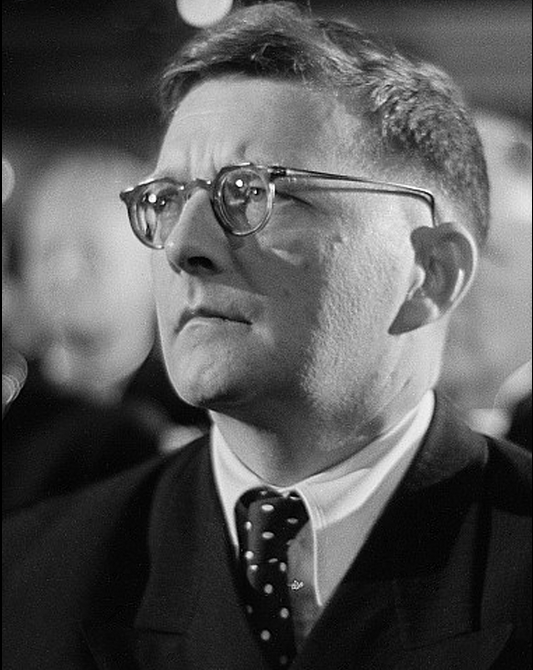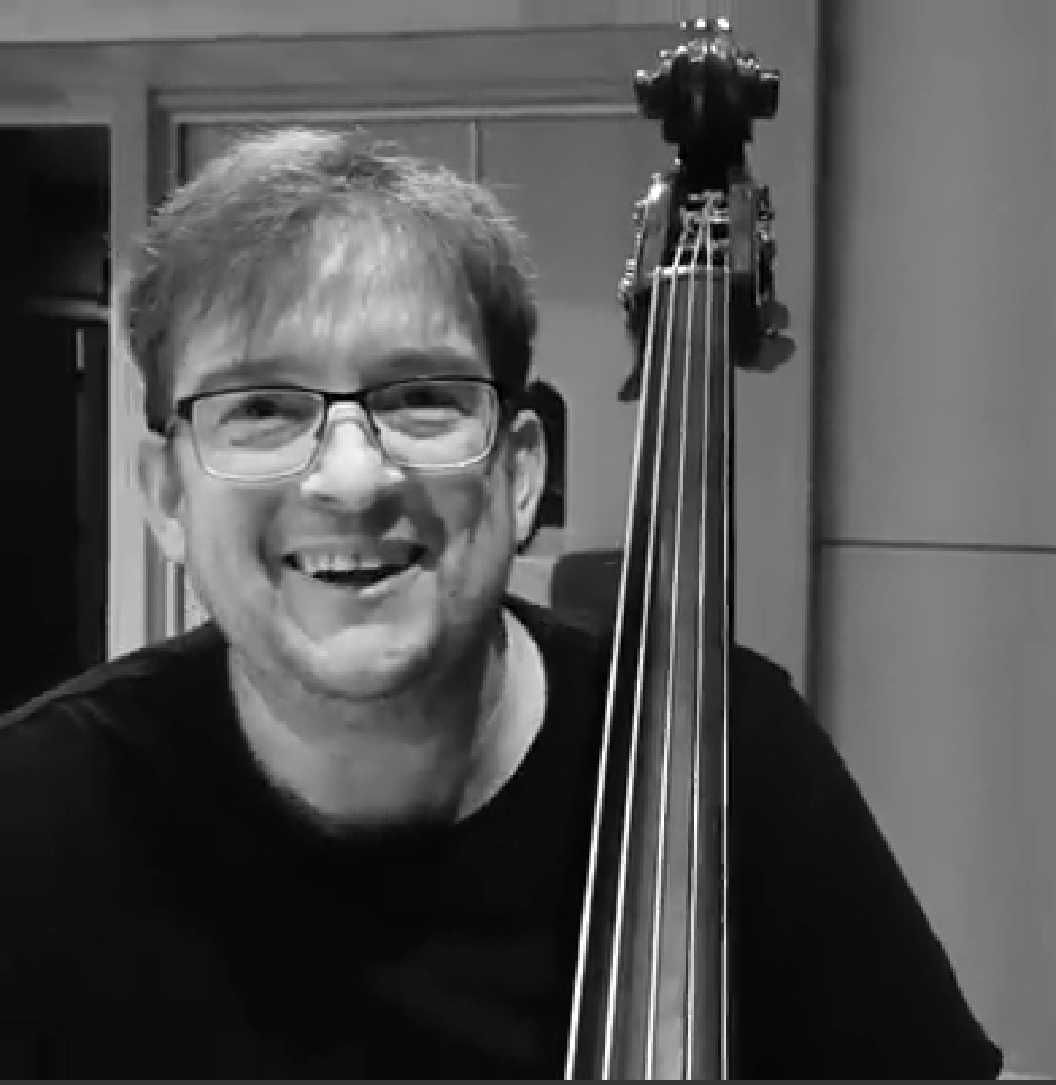Discover the Unknown Shostakovich and an Australian Symphony
Dmitri Shostakovich Symphony No. 9

D. Shostakovich
Dmitri Shostakovich (1906 – 1975)
Like Prokofiev’s First Symphony, Shostakovich’s ninth symphony was written in a fateful year: 1945. It also subverted the expectations of the Russian musical world, much as Prokofiev’s symphony had done decades earlier. Shostakovich composed the work during the summer at Ivanovo, a rural composer’s retreat several hours northeast of Moscow. Daniil Zhitomirsky, a sympathetic critic who was also at Ivanovo that summer, recalled, “After the Seventh and Eighth, everyone was awaiting the triumphal Victory Symphony.” Indeed, the double significance of the U.S.S.R.’s victory in World War II and the numerical symbolism of a Ninth Symphony (which invited comparisons with Beethoven’s Ninth Symphony) put pressure on Shostakovich to compose a grandiose piece that would glorify Stalin’s regime.
Having been terrorized by that regime, Shostakovich was not particularly willing to comply; open defiance, however, was impossible, and in the months leading up to the summer Shostakovich led everyone on with promises of a symphony that would use “not only the orchestra, but also a chorus as well as soloists.” The symphony he actually wrote could not have been more different. This was a tactic Shostakovich would use time and time again—promising to compose the piece the regime wanted while actually giving it something else.
Shostakovich’s Symphony No.9 is totally devoid of pompous grandeur; in its place is a compact, transparent, classically-oriented work not unlike Prokofiev’s First Symphony but unlike that classical symphony homage, brimming with a world-weary cynicism. The great conductor Yevgeny Mravinsky, who would give the premiere of this Shostakovich symphony, wrote that it “scoffs at complacency, pompousness, the ‘desire to rest on one’s laurels’, and sing one’s own praises,” but also noted that “the symphony is not entirely ironical. It also has genuine lyricism and profound sorrow.” Paramount is Shostakovich’s sense of humor: irreverent, absurdist and sardonic.
Benajamin Bates Symphony No. 1

Benjamin Bates
Ben Bates (b.1973)
In 1993, Ben commenced transcribing his earlier quartert, “The Purple Wisteria” scored for classical guitar, xylorimba, pipe organ and double bass for full orchestra making predominant use of the 13/8 time signature and an octatonic tonality.
The first movement establishes the various rhythmic iterations of the 13/8 time signature; being influenced by Flamenco ‘falsettas’, or fragments of melodic motifs and rhythms upon which flamenco artists whether dancers, singers or guitarists then improvise. This musical ‘compas’ as it is referred moves the rhythmic emphasis away from the established, and expected, accented beats more common to Western Classical Music thereby giving the music its distinctive sound and rhytmic lilt.
The second movement explores the menacing octatonic tonalities further with complex chordal voicings Ben appropriated from the guitar. His favourite chord, the E7 sharp 9 (E7#9) has a mixture of minor and major sounds that fits in several places within the tonality that allows for a rich sound within the orchestra in tandem with a brass and woodwind chorale and rhythmic stabs from the strings and percussion. The middle section showcases the extreme low tones from the double basses, bassoons along with a Cor Anglais solo flowing into a polyphonic cacophony of sound from the lower strings and winds, and subsequently followed by the repeat of the beginning of the movement, but this time with the chorale in the strings and woodwinds and the rhythmic stabs from the brass.
The third movement returns to common practice harmony as a release of intensity from the first two movements. The first section uses a neo-baroque style influenced by Bach’s chorales and Vivaldi’s oratorio, Gloria, although some of the components of the menacing second movement creep in but are quickly resolved with a cadence. The second section of this movement introduces solo lines for the piccolo and flute Ben has written exactly as it was written from the guitar, including the slides and the trills. The key moves through a complete cycle of minor thirds: A minor, C minor, E flat minor, G flat minor, resolving back to A minor for a reprise of the first section.
The final movement returns to the rhythmic 13/8 rhythm of the first movement, this time with interweaving violin and viola arpeggios. This ‘interweaving’ came originally from an idea Ben created with a band with which he performed in high school, except the weaving parts then were between an electric bass and a double bass. Snippets from the first three movements also make a reappearance in this movement: interjections of the 13/8 from the first movement, the octatonic mix of two conflicting chords from the second movement, and the piccolo and flute theme from the third movement also reappearing as solos in the clarinet, horn in F, trumpet and piccolo parts through to the conclusion of the piece.
